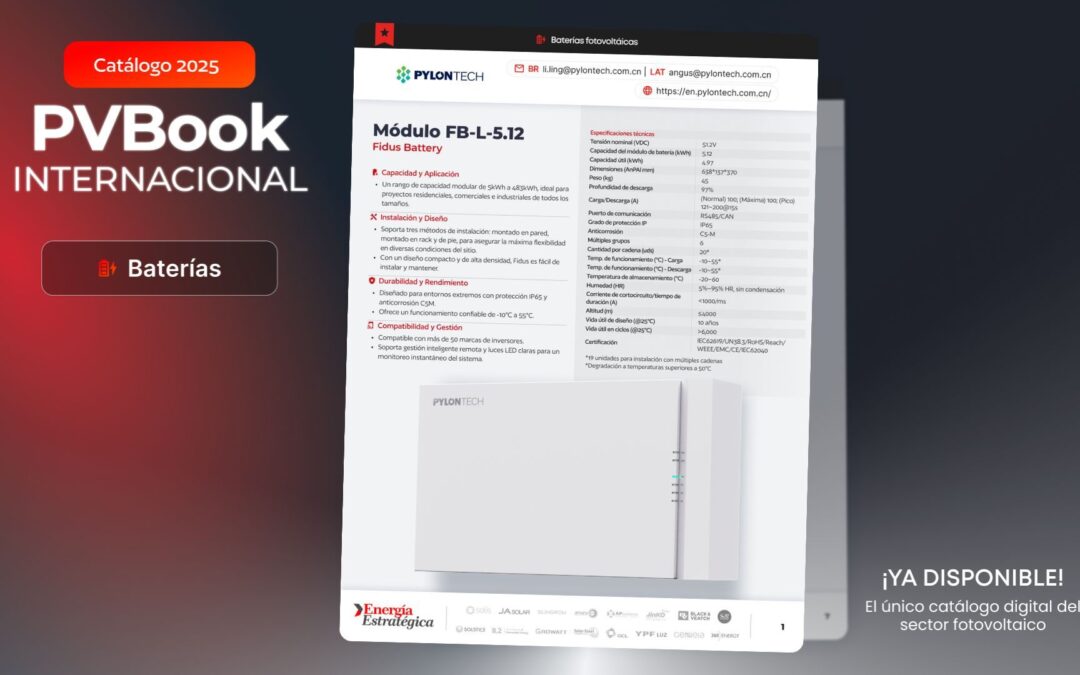In a context marked by sustained spot price volatility, technological saturation, and the erosion of PPA value, risk hedging strategies are consolidating as a critical tool to ensure revenue from renewable energy projects.
Speaking with Strategic Energy Europe, Rafael Calleja, partner and CEO of Optimize Energy, emphasises that “the current price fluctuations in the market are not circumstantial; they are structural—they’re here to stay”, driven by the growing presence of renewables and stagnating demand.
The downward trend in electricity pool prices, particularly evident in the second quarter of the year—when solar, wind, and hydro participation is at its peak and gas prices are lower—hits hardest those plants not exclusively financed with equity.
“It’s worse for plants with bank debt, because with negative or very low prices, it becomes extremely difficult to meet the minimum captured price levels required to service project debt with solvency,” the advisor warns.
Operational plants typically hedge around 70% of their energy under PPAs, locking in the sale price and thus avoiding the need for constant adjustment and management in response to abrupt market shifts.
In this regard, Calleja asserts that having professionals focused on risk management for energy sales can significantly enhance plant profitability compared to taking no action at all.
Hedging as the new operational standard
“Seeking refuge in complementary markets, such as forward markets, through hedging strategies, is going to become increasingly necessary, as solar and wind continue entering the system, demand remains stagnant, and the market stays volatile,” says the Optimize Energy executive.
The aim of these strategies is to safeguard project profitability through an active income management policy.
The practice is not new, but its application is intensifying and spreading to more market participants.
“In Spain, this methodology was traditionally limited to large utilities with dedicated departments for this kind of management. Today, small, medium, and large developers are also seeking it,” he notes.
Solar under pressure, storage on the rise
Among the various technologies, solar PV is the most vulnerable in this new market environment.
This saturation is reflected in the decline of PPA prices. According to recent reports, prices range between €25 and €30/MWh, though only projects with highly competitive features manage to close deals at the top end of that range.
Data from Optimize Energy shows project returns barely reaching an IRR of 5%. “These figures are far from what projects used to see a few years ago,” Calleja points out.
In contrast, “hybrid projects with batteries can achieve significantly higher returns—double, even—around 10% or more,” he asserts.
Thus, storage not only contributes to system stability but becomes a key component in improving the financial viability of solar projects.
Wind energy, on the other hand, faces different challenges. Although permitting delays and legal uncertainty in certain regions affect development, it is not experiencing the same saturation. Quite the opposite: demand for the technology is high, and PPAs are being signed at rates above €45–50/MWh.
In terms of risk management, wind is currently better positioned in both development and operational phases. However, this does not exempt it from requiring energy market exposure management to provide predictability and control over future cash flows.
“The PPA is here to stay, but its ability to cover a high percentage of energy output is diminishing,” explains Calleja. Whereas a PPA used to allow for financing up to 80% of a project, it may now only support 50–60% under current leverage levels.
This new scenario is forcing developers to look for alternatives. “Our proposal is that the portion not covered by the PPA should not be exposed to the market but managed through forward hedging strategies and access to alternative markets such as system balancing services,” he states.
Indeed, they are already managing portfolios where 20–30% of energy not under long-term contracts is actively hedged using futures and derivatives market products.
“PPAs and hedging have always been complementary tools. But now the relative importance is shifting, and short- and medium-term hedging will play a more prominent role than before,” Calleja affirms.
Quantitative risk management: methodology and tools
The methodology implemented by Optimize Energy is based on a structured approach, beginning with the definition of the client’s risk appetite and coverage level.
“We operate somewhat like a wealth advisor: first, we analyse our client’s profile, context, and needs, and then design a bespoke risk and hedging policy,” Calleja explains.
Based on that, they implement execution channels in forward markets through specific contracts that provide access to independent counterparties, usually working with OTC closures.
“This allows us to access products designed ad hoc for our clients and take positions that, by year-end, can improve the overall captured price by €2 to €10 per megawatt-hour,” he details.
This is not theoretical: there are portfolios managed by the firm that achieve this differential compared to the spot market.
However, the service requires ongoing monitoring and regular updates. “We call it active energy management because there is no fixed pattern: some years we carry out three operations, others just one is enough to cover the necessary exposure. It depends on market behaviour,” the CEO notes.
Quantitative analysis cannot disregard weather variables. “These are technologies that are 100% dependent on climate: sun, wind, and hydro dictate pool behaviour,” Calleja explains.
A rainy year, for instance, can significantly alter market prices due to the role of dispatchable hydro in Spain.
For this reason, models integrate both meteorological scenarios and market projections. This integration enables a more realistic estimate of income-related risks, which is essential for financial decision-making.
International context and price impact
The international context also directly affects prices. The current trade war between China and the United States, which has led to gas being resold to Europe at low prices, has caused TTF prices to fall.
“We’re seeing gas prices around €35 per megawatt-hour, which has also dragged electricity prices down,” the specialist observes, although he notes that this window may close. “If tariff tensions ease, gas prices will rise again—and so will electricity prices.”
Artificial intelligence and new operational capabilities
Technological development and the use of artificial intelligence are transforming how risk is analysed and decisions are made.
“Today we can simulate thousands of scenarios in far less time, which allows for much more efficient asset operation,” Calleja says.
These capabilities are especially relevant for storage assets, where operational behaviour can be more dynamic and driven by short-term price signals.
The inclusion of optimisation algorithms also paves the way for new forms of intraday or even real-time management—a trend already observed in more advanced markets like the United Kingdom.
“It’s something that will eventually reach other European countries too, and for that, both the knowledge and appropriate tools are required,” he states.
The current situation demands a technical and proactive approach. Risk management is no longer optional—it’s an operational necessity.
In an environment where profitability is increasingly influenced by structural factors, risk hedging is becoming the new management standard for developers, IPPs, and investors in renewable energy across Europe.






























